Ensuring safety in Lithium-Ion Battery
Lithium-ion battery technology has undergone several innovations concerning safety. Concerns over issues like overheating and fire explosions have led to the enhancement of the safety features:
-
• Solid-state electrolytes are modified traditional liquid electrolytes that are non-flammable, reducing the risk.
-
• Temperature management systems like thermal sensors and phase change materials can also prevent thermal breakdown and extend the battery lifespan.
-
• Self-healing materials like self-healing polymers are developed to repair cracks and battery fractures. Therefore, they help in decreasing the internal short circuits.
-
• Advanced battery management systems (BMS) use AI and machine learning to check the battery in real-time and predict breakdown.
-
• Fire-resistant separators are made of heat-resistant materials that increase safety during thermal events. Hence, it provides an extra layer of protection made up of ceramic-based separators.
-
• Li-ion non-flammable electrolytes can reduce the flammability and also reduces the chances of potential fires.
-
• Smart fuse and pressure relief mechanisms to prevent overheating or short circuits. Smart fuses cut off power flow and therefore prevent overheating.
-
• Latest Li-ion cell designs limit the spread of the damage if one cell fails; it is done by isolating the cell and stopping it from spreading within the cells.
-
• New technology-based recyclable and sustainable batteries reduce environmental hazards and also can be recycled safely.
Risk Management in Lithium-Ion Battery Technology
Lithium-ion batteries provide the best service to the users more economically and efficiently since they are designed and manufactured initially with the imprinted latest technology. It is important to describe the risk as the effect of uncertainty on objectives and current practices in safety engineering which are built from a foundation of managing such uncertainties. Risk management seeks to:
-
1. Ensure that adequate measures are taken to protect people, the environment and assets while using, storing, and handling during manufacture and transportation.
-
2. Balance different concerns (e.g. safety and cost) through analytic methods.
One foundational principle of current risk analysis is a focus on observable quantities (e.g. failure occurrence rate) that describe the states of the system alike. Such observable data analysis, with related mathematical uncertainties, can be predicted through designs and historical data analysis, with the related mathematical uncertainties expressed as probabilities. One specific risk management and analysis tool Probabilistic Risk Assessment (PRA) also called Quantitative Risk Assessment is commonly used in safety engineering across domains like aviation, batteries for automobiles etc.
Brief About PRA (Probabilistic Risk Assessment)
PRA attempts to capture and mathematically express the current state of knowledge about the system including uncertainties. It identifies hazards, their deterministic causes and consequences and provides a way of describing uncertainty. Moreover,it enables the calculation of expected risk values so that alternatives can be compared on a similar numerical basis, where there is insufficient data to directly predict behaviour and therefore risk. This remarkable Lithium-Ion Battery Technology relies on Fault Tree Analysis (FTA) and Event Tree Analysis (ETA).
Some more precautions are to be taken care of, these are as follows:
-
a. Always handle batteries with care.
-
b. Never overfill with acid.
-
c. Always store the batteries upright.
-
d. Never allow children access to a battery.
-
e. Always charge batteries in a well-ventilated room.
-
f. Batter vents are not to be blocked.
-
g. Prefer wearing eye protection and wear protective clothing.
-
h. Do not overcharge or discharge.
These Li-ion batteries are safe and reliable. Moreover, these are suitable for a wide range of applications including smartphones, laptops, EVs and battery-operated home appliances. Hence, it can be rightfully said that Lithium is the new dominating energy in the current era.
Follow us on LinkedIn.

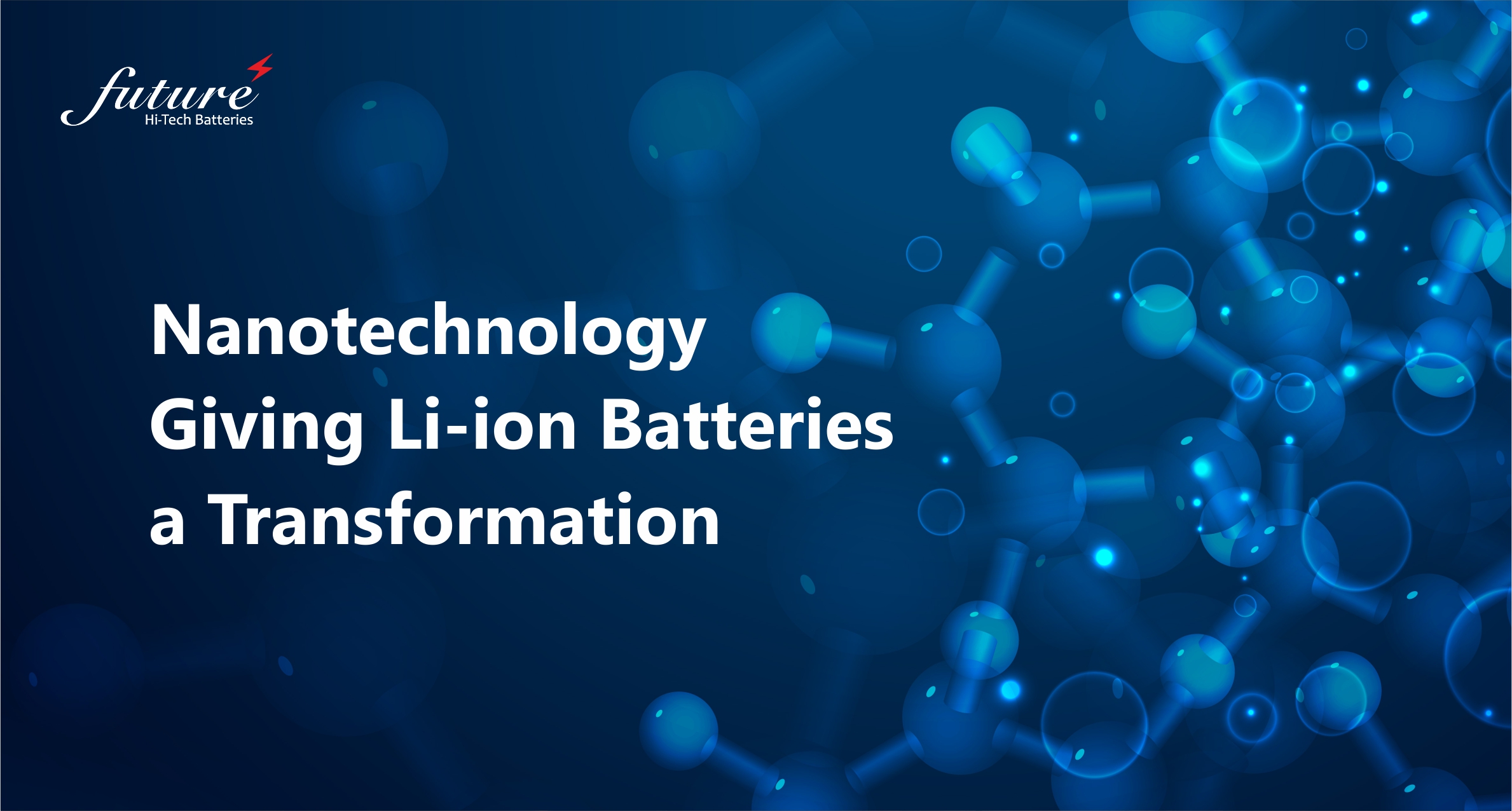
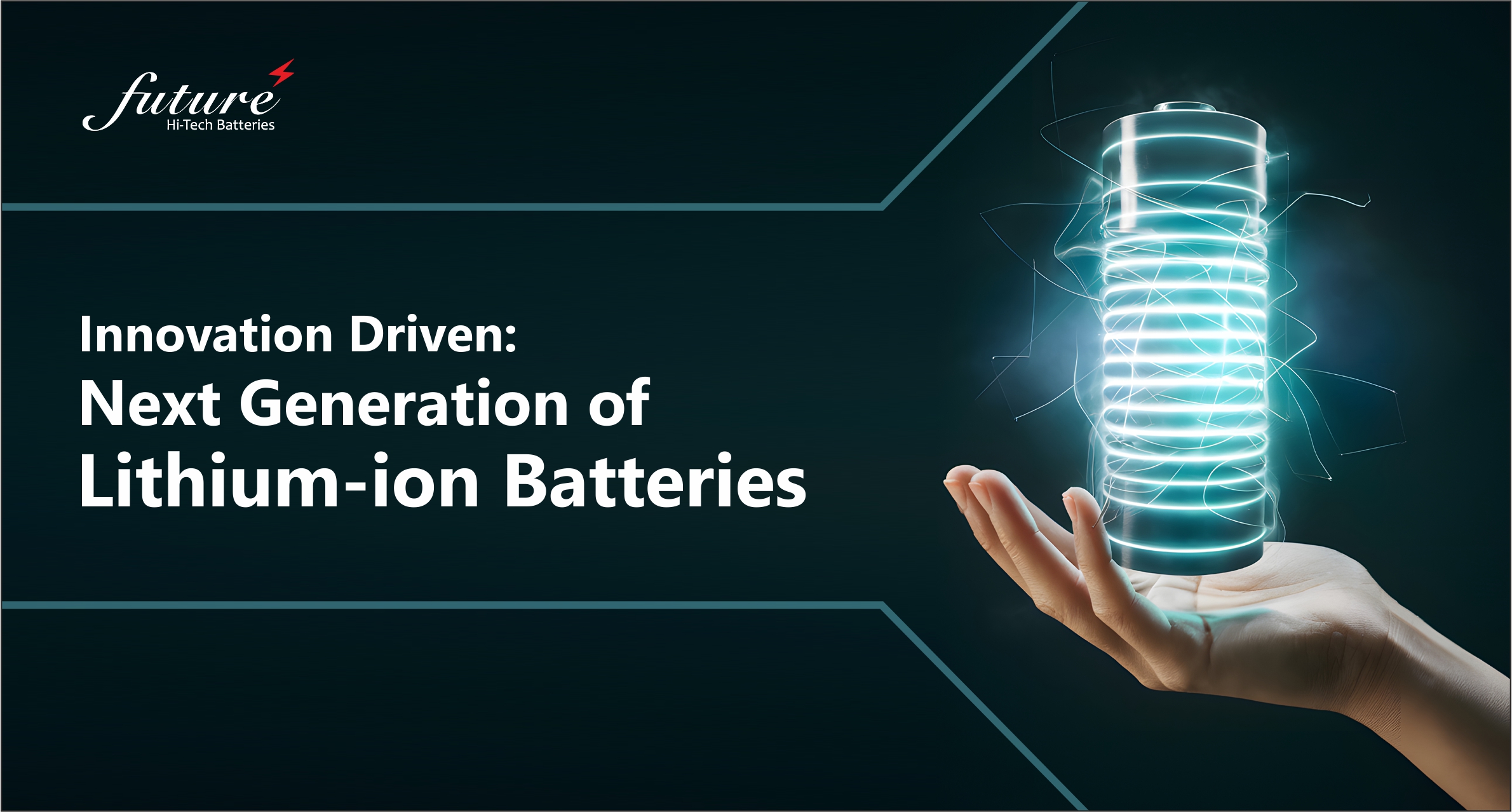
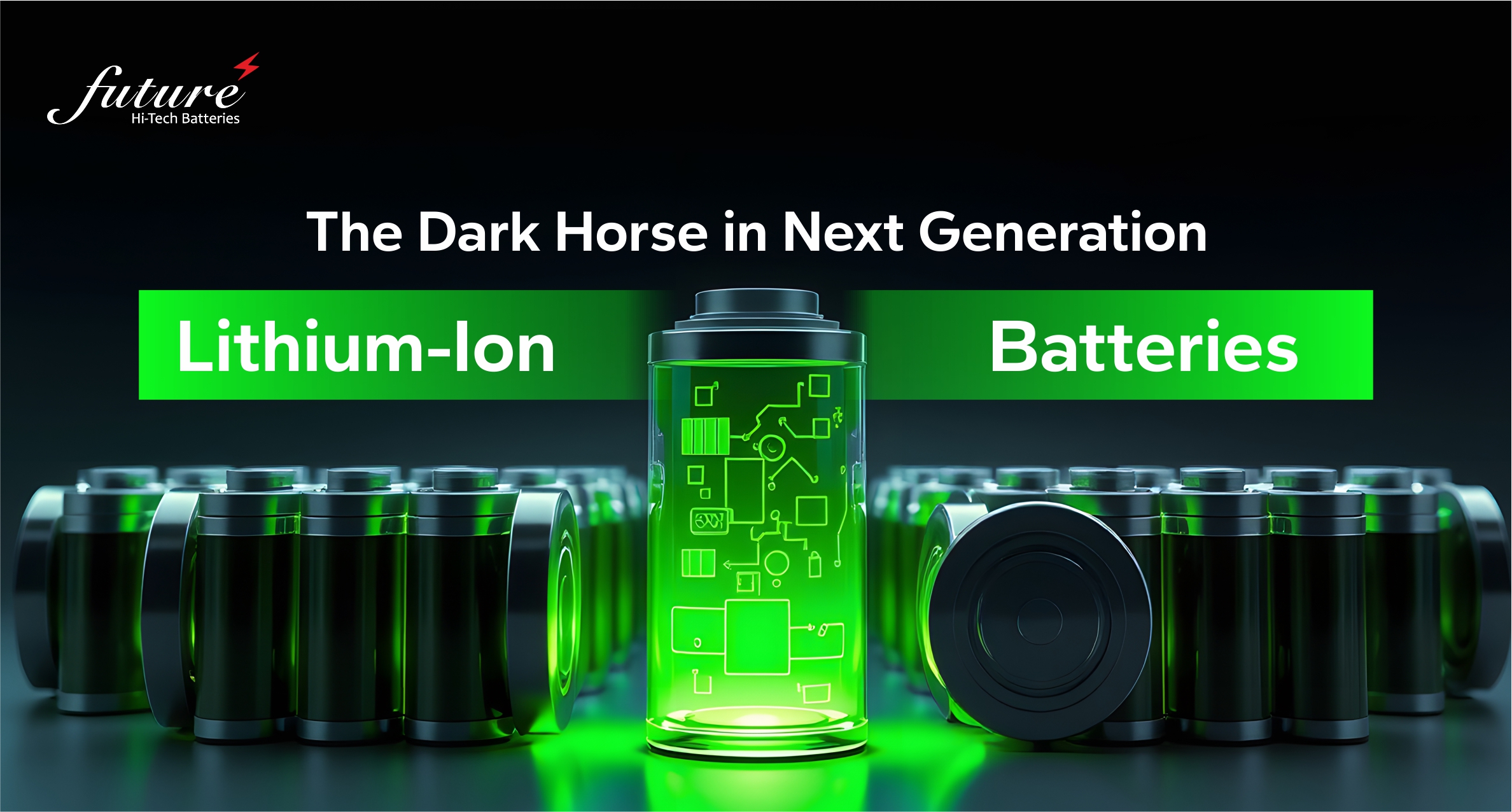
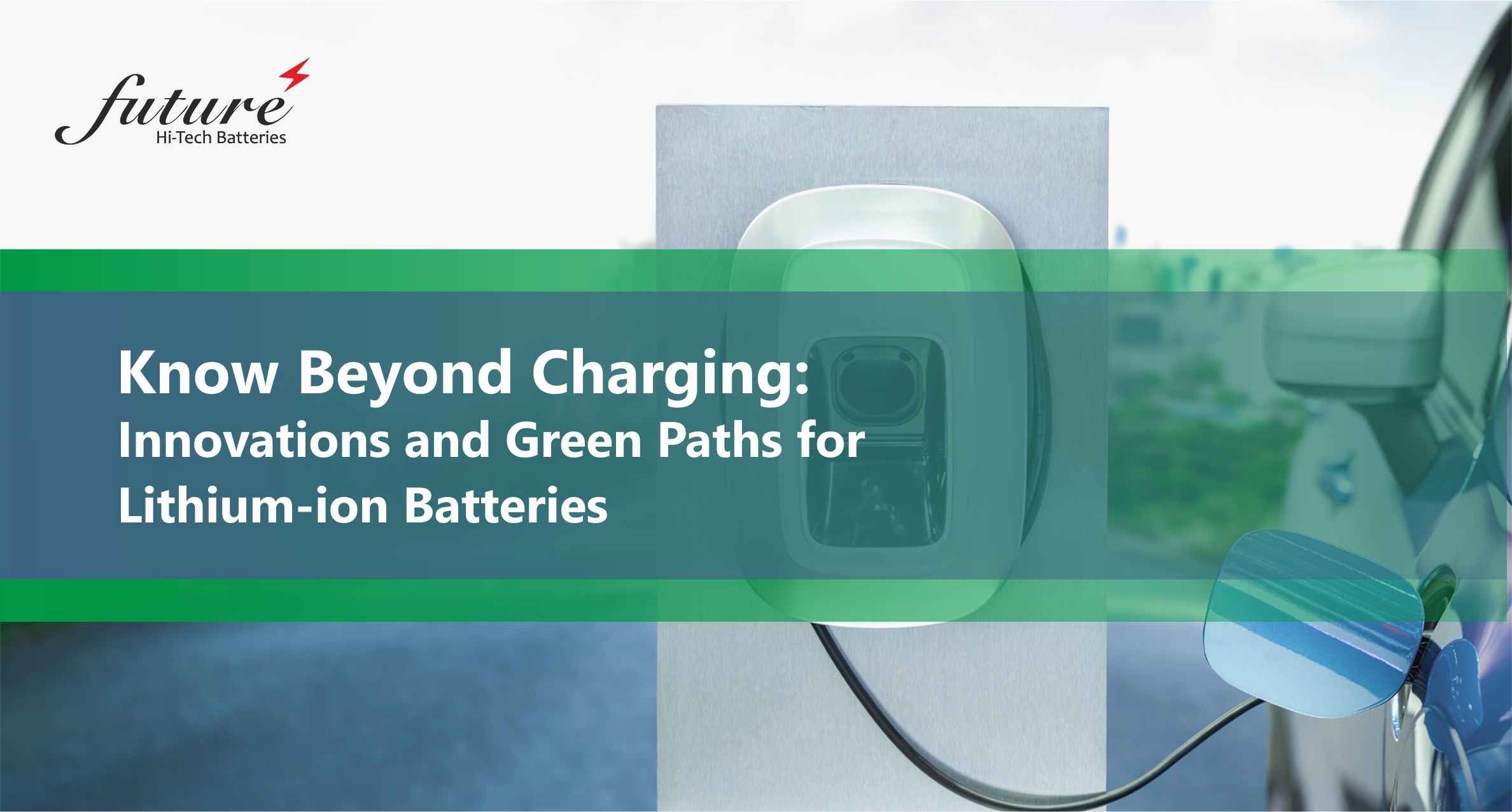

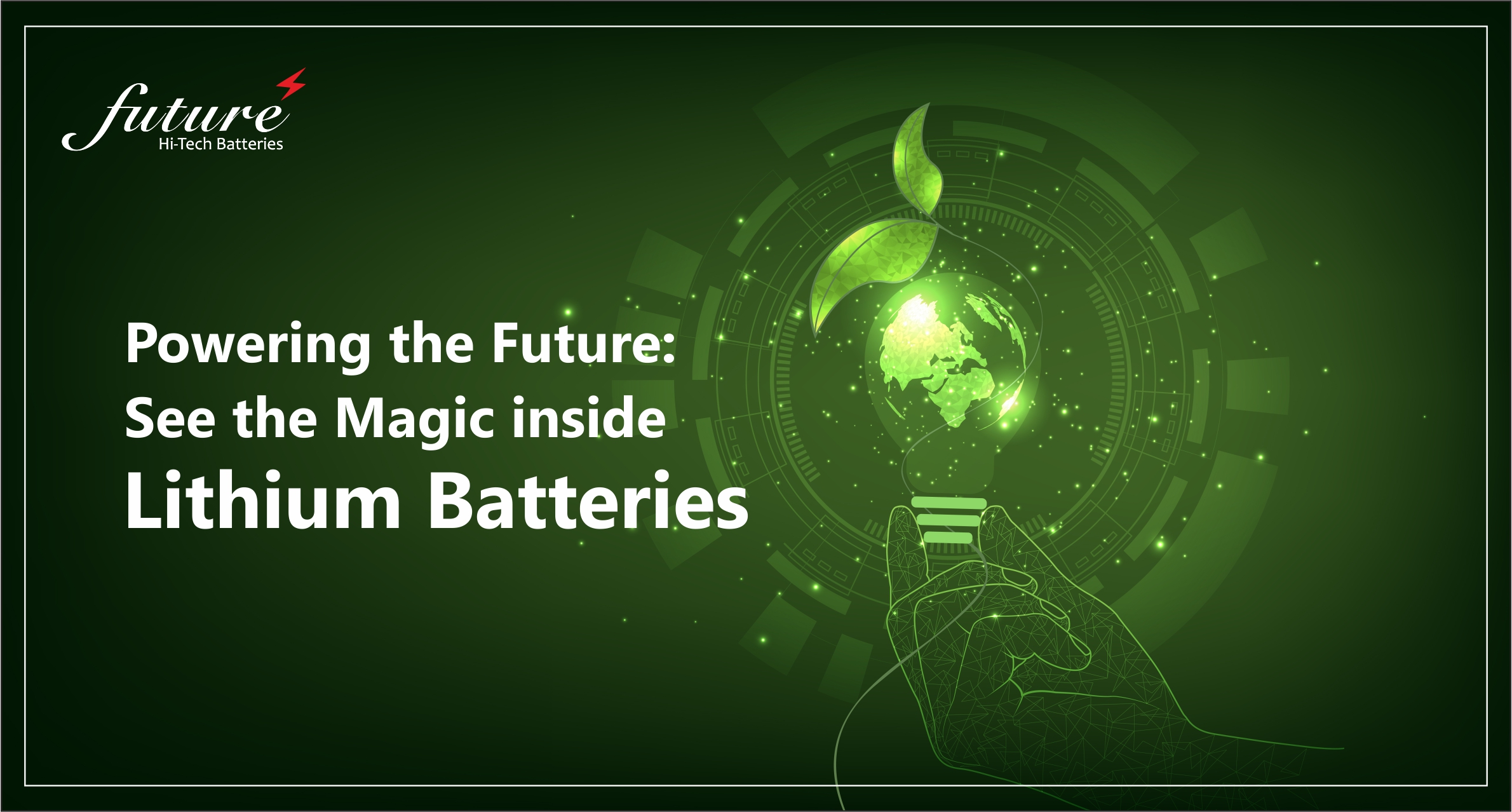


Your Comment Please